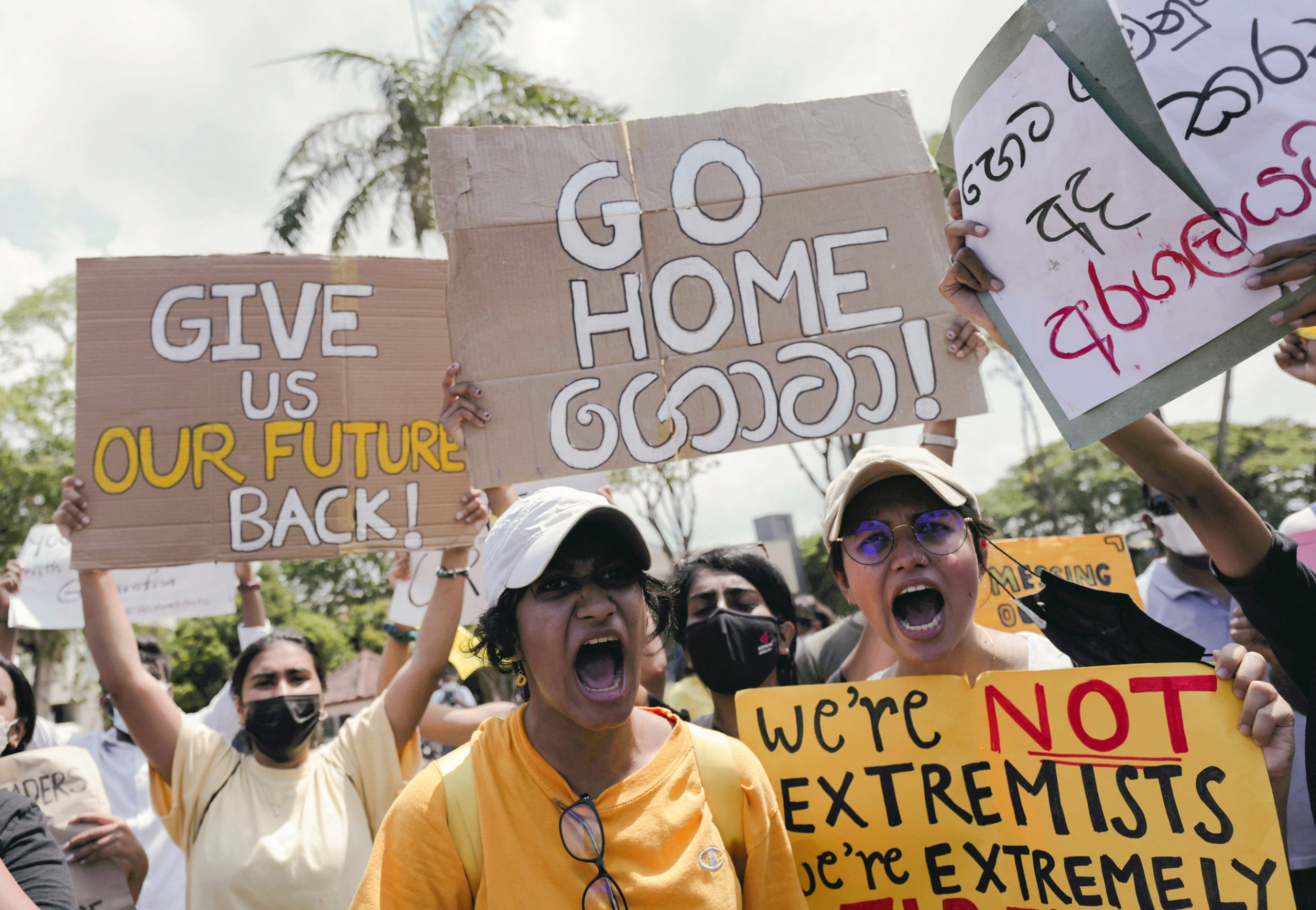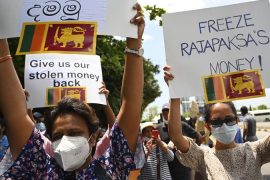Sri Lanka is experiencing an unprecedented political and economic crisis, which has sparked months of nationwide protests.
Advertisement
As it faces its worst economic crisis in 70 years, Sri Lanka has had to impose a ban on the sale of petrol and diesel for private vehicles.
The government is negotiating a $3 billion (£2.5 billion) bailout with the International Monetary Fund (IMF).
Schools have been closed, and the country’s 22 million citizens have been told to work from home. Food and fuel shortages have caused prices to skyrocket. The current rate of inflation is 30%.

The government blames the Covid pandemic, which harmed Sri Lanka’s tourist industry, which is one of the country’s largest foreign currency earners. It also claims that a series of deadly bomb attacks on churches in 2019 has scared tourists away.
Advertisement
Many experts, however, believe that economic mismanagement is to blame. At the end of 2019, Sri Lanka had $7.6bn (£5.8bn) in foreign currency reserves.
By March 2020 this had fallen to $1.93bn (£1.5bn) and recently the government said it had just $50m (£40.5m) left.
The government has also amassed massive debts with countries such as China to fund what critics call unnecessary infrastructure projects.


Leave a Reply